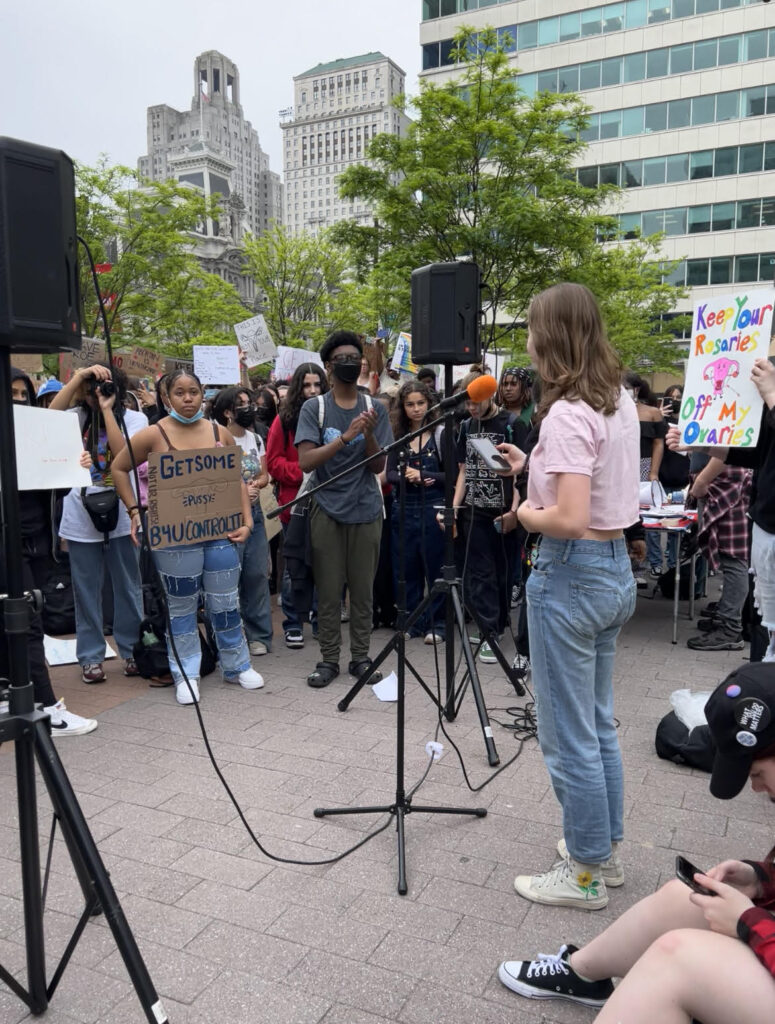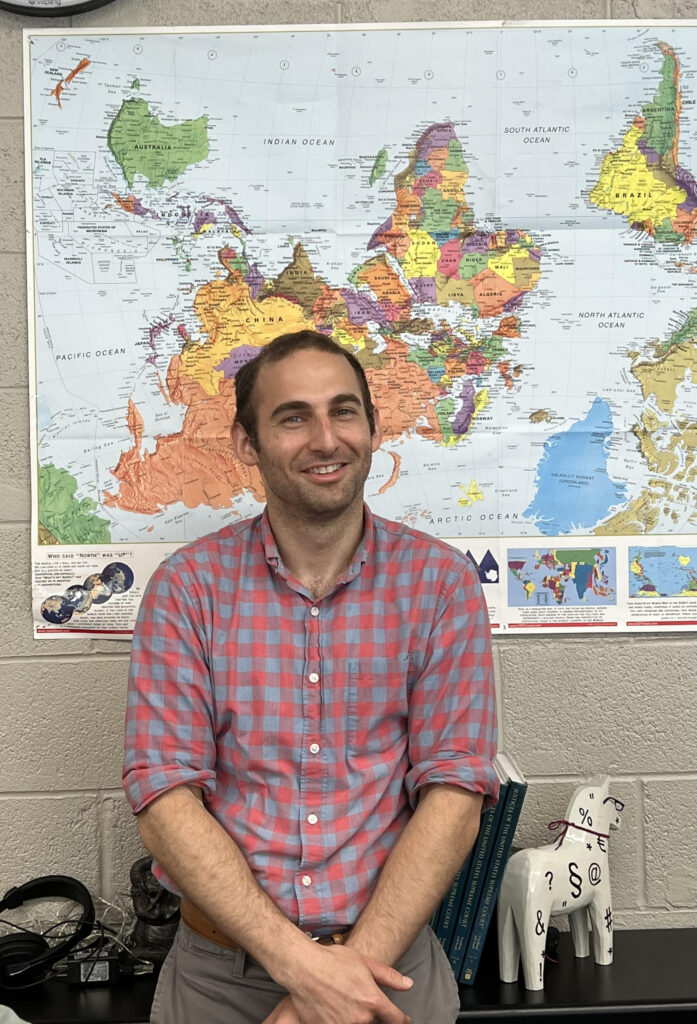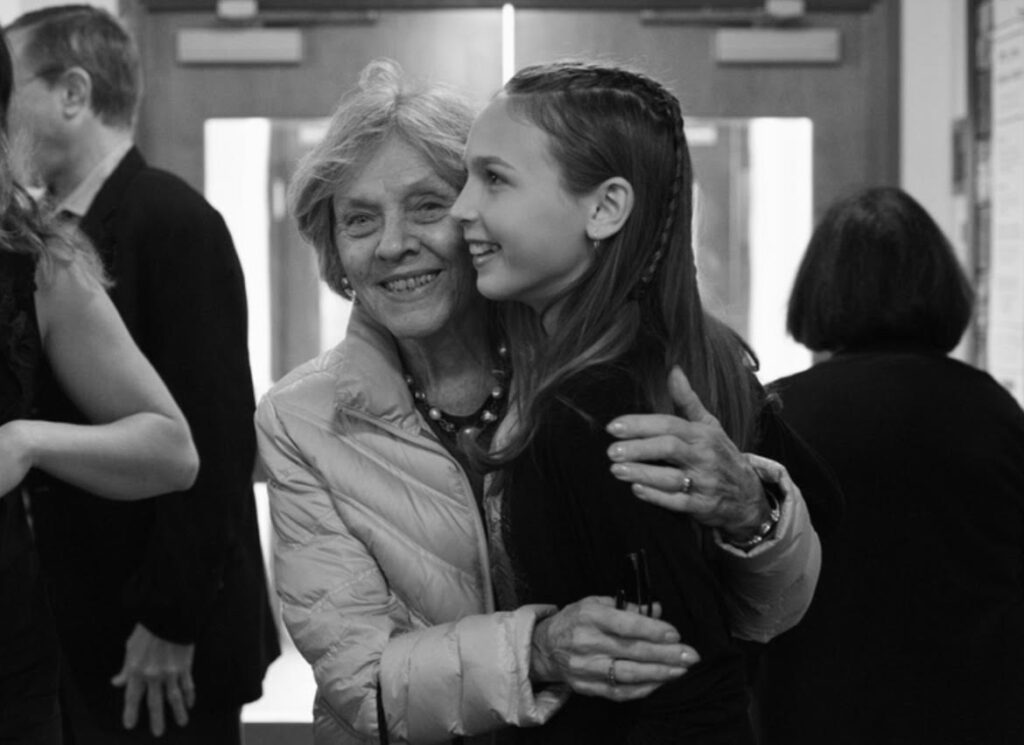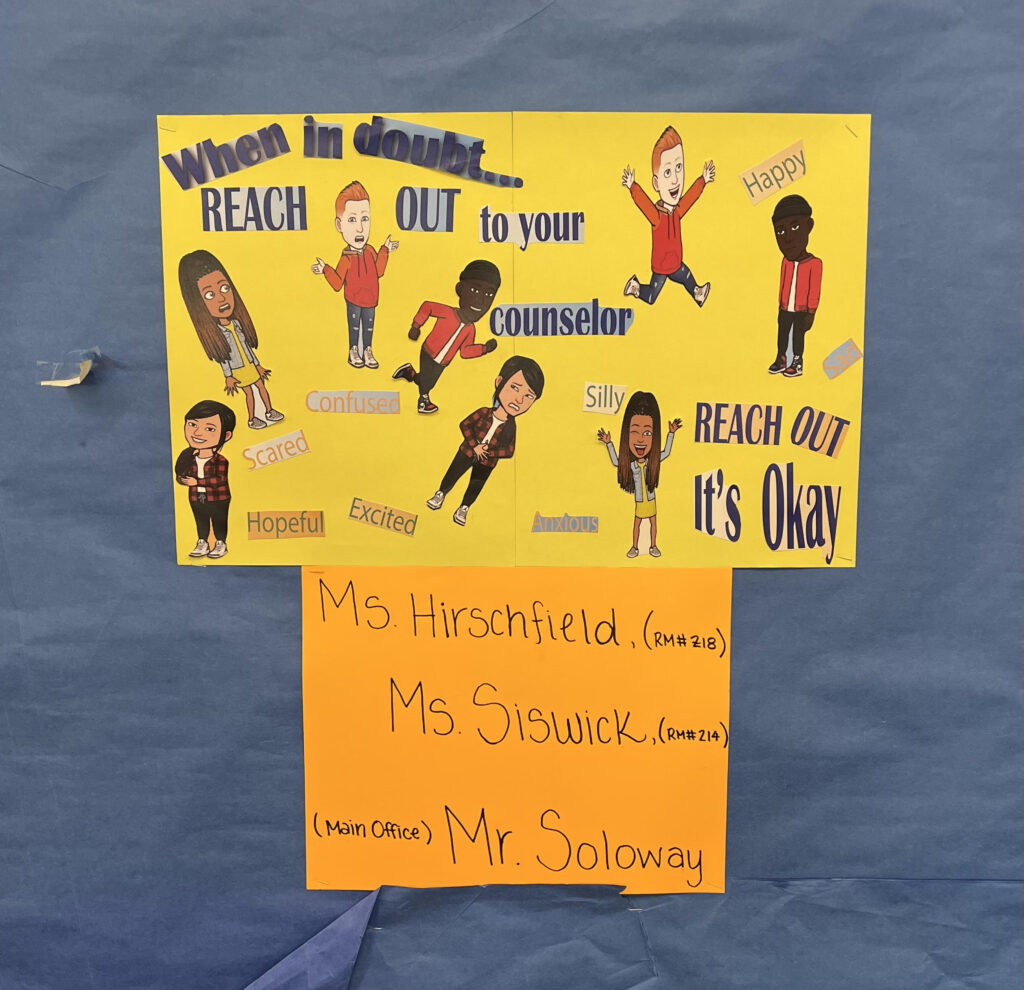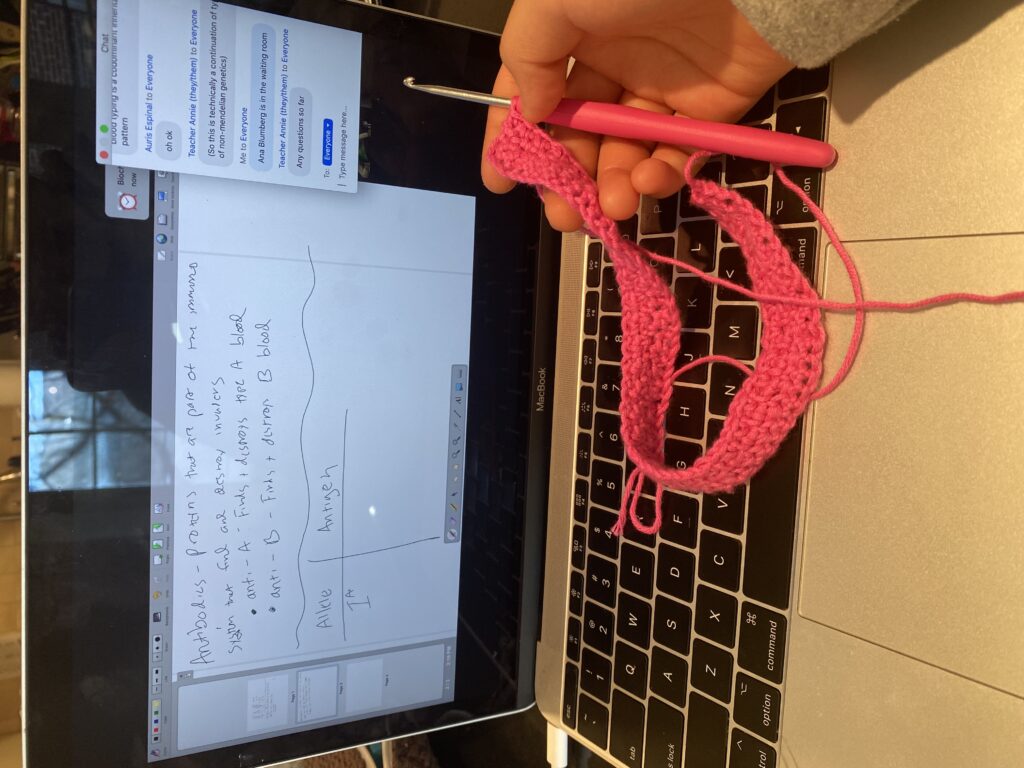Adrie Young
Staff Writer
On Friday, May 13, around 150 SLA students, including myself, walked out of school to protest the leaked draft of the Supreme Court opinion to overturn Roe v Wade.
Philly Socialist Alternative organized the walkout alongside students from Franklin Learning Center, Masterman, and Friends Select. When freshman Eliza Cucchiara and I heard about it on the Thursday before the event, we knew we wanted to get SLA involved.
There was a lot of work to be done, including reaching out to the organizers of the walkout, coordinating with students from other schools, and assisting them with planning. But the bulk of our effort was spent spreading the word about this event within SLA. While social media was helpful in the process, we talked to a lot of students face-to-face as well. And one question people kept asking Eliza and me was “how will a walkout actually help?”
This question gave me pause because at first, I wasn’t quite sure how to answer. I’d seen that other schools were organizing this walkout, and I’d been so excited to jump on board because it seemed like the right thing to do.
But what would one school walkout do in the face of this national issue? We weren’t protesting anything going on in our school. We weren’t even marching to city hall to demand change from our government. So what were we doing?
Here’s how the event itself went. We marched down Broad street and met up with students from multiple other schools at Love Park. Many people carried signs saying things like “protect Roe” and “mi cuerpo es mio”. A microphone and speakers were set up at the front of the crowd and multiple students delivered speeches, including Eliza. People mostly talked about how Roe v Wade being overturned will affect us, and how it is up to us to call for change from our leaders. Some also called for better school funding, and for the school district to hire more nurses and counselors and create more inclusive sex education. 6abc covered the event in an article.
I think the most impactful part of a walkout is that it shows students that they can and do have the agency to make a difference and challenge people in positions of power. One of the goals of the walkout on Friday was to show people in power that we won’t participate in a society where we don’t have the right to our bodies, and to prove to people that we have the power to organize demonstrations like this, and that we can do it again.
To me, this walkout feels like an excellent starting point. It gave students the chance to take immediate action against this issue, and hopefully, it made people aware that there are things that they can do individually to contribute to a larger movement for change. But student involvement shouldn’t end with the walkout. Before getting SLA involved in the walkout, Eliza and I had plans to work with our peers to raise money for the National Network of Abortion Funds, an organization that assists people who may not have the money or resources to get an abortion on their own. We also have plans to organize two bake sales and hope to help keep SLA students involved in this movement.
No matter what happens with the Supreme Court ruling, we will work to make our voices heard and create change however we can, whether that be raising funds, educating people, or organizing walkouts.
